Roboto의 모든 인스턴스를 Roboto Flex로 바꿉니다. 시계 및 Material 3 Expressive 디자인 언어에 최적화된 기준 서체 스케일을 조정합니다.
가변 축, 가변 너비, 두께를 사용하여 대형 디스플레이 및 제목 텍스트의 스타일을 지정하여 스타일을 개선하고 작은 크기의 경우 더 많은 유용성과 가독성을 제공합니다.
Roboto Flex
Roboto Flex는 앱의 사용 사례에 맞는 가변 축 세트를 제공합니다.
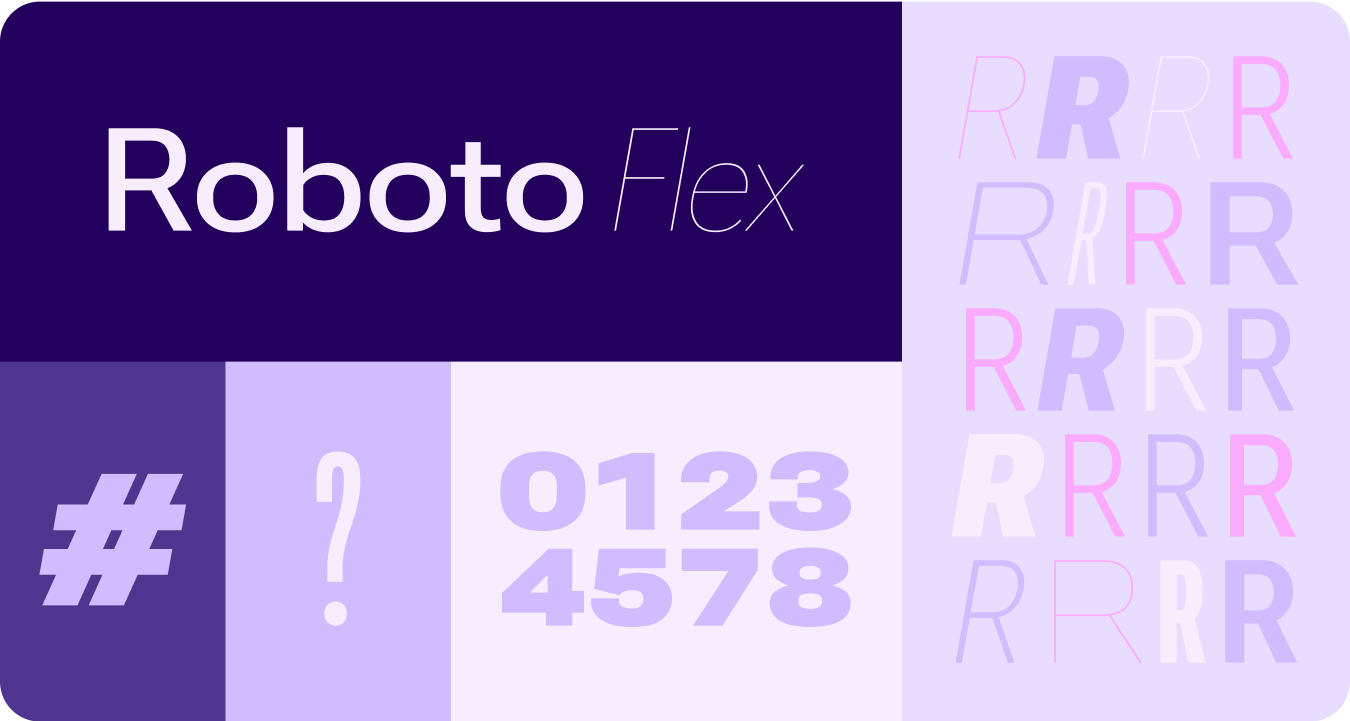
조절 가능한 축
가변 글꼴에는 표현을 위한 다양한 가변 글꼴 속성이 있을 수 있지만 제품 디자인에 가장 적합한 두 가지 맞춤설정 가능한 스타일 속성 (또는 축)인 두께와 너비가 있습니다.
체중
두께는 특정 글꼴에서 서체의 획의 전체 두께를 정의하는 기본 속성입니다. 가장 일반적인 두께는 일반과 굵은 체이지만 두께는 매우 가벼운 것부터 매우 무거운 것까지 다양한 범위를 포함할 수 있습니다. 서체가 가변인 경우 완전하고 연속적인 획 두께 범위를 제공하므로 가중치 수는 사실상 무제한입니다.
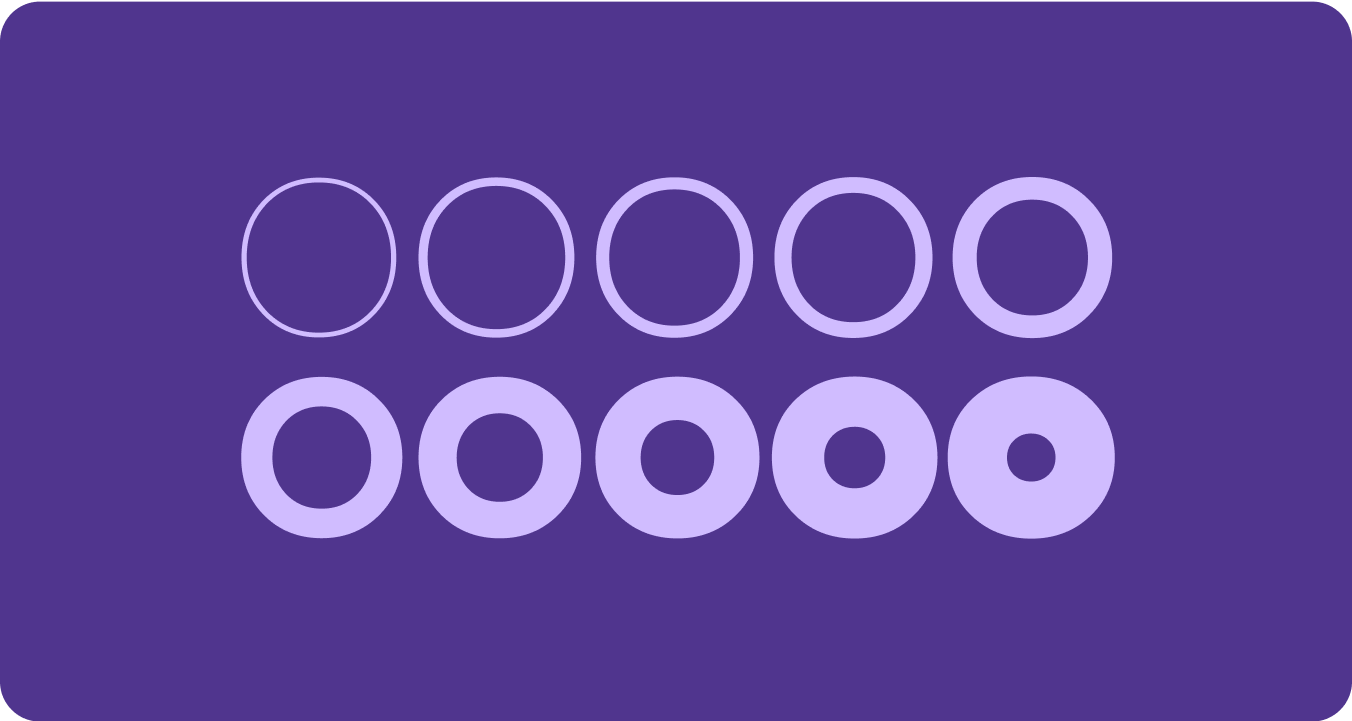
주의사항
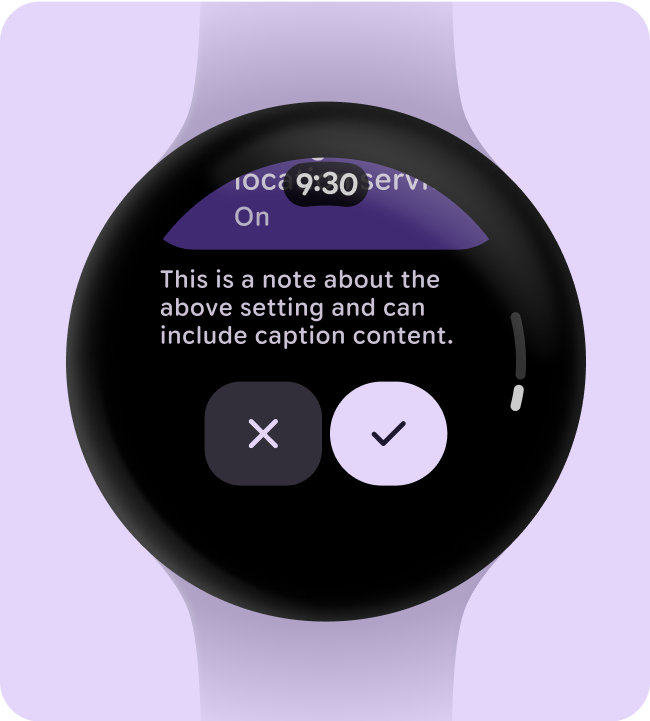
주의
본문 텍스트에 너무 가벼운 굵기의 글꼴을 사용하지 않도록 주의하세요. 해상도가 낮은 디스플레이는 특히 작은 서체와 같은 섬세한 서체를 표시하는 데 어려움을 겪을 수 있습니다. 디스플레이 서체와 같이 큰 글꼴 크기에는 더 연한 두께를 사용합니다.
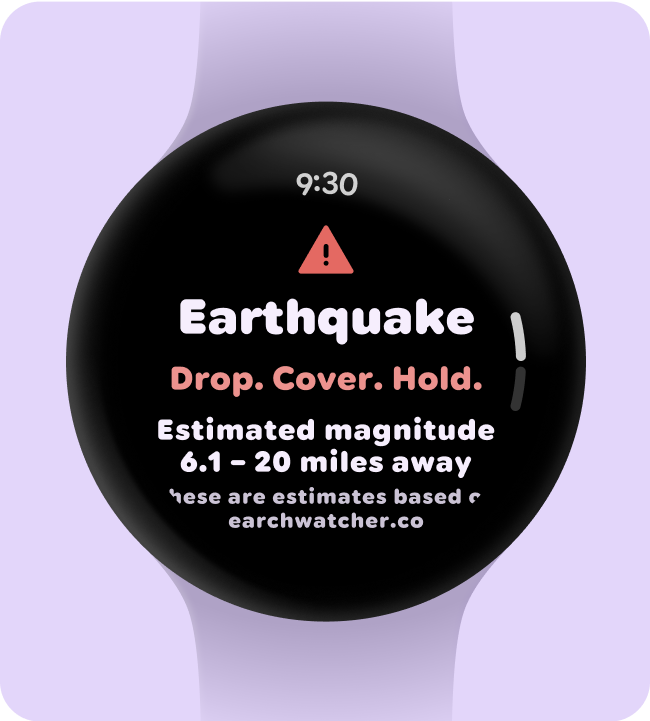
주의
반대로 작은 크기에서 과도한 두께는 가독성에 영향을 줄 수 있습니다. 서체가 너무 두꺼우면 읽기 어려울 수 있습니다.
너비
너비는 서체의 문자가 가로 공간에 얼마나 차지하는지를 나타냅니다. 너비가 좁으면 줄당 더 많은 문자를 표시할 수 있지만 너비가 넓으면 더 개성 있는 스타일을 표현할 수 있습니다.
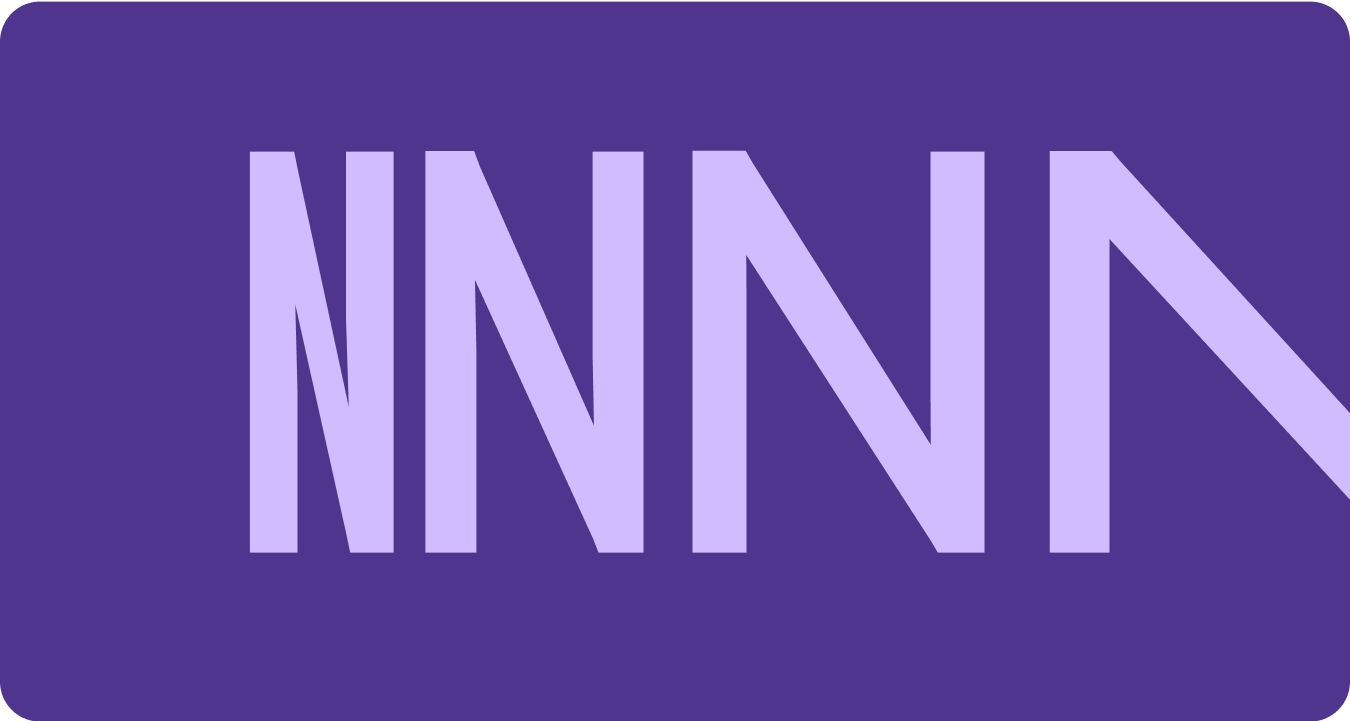
주의사항
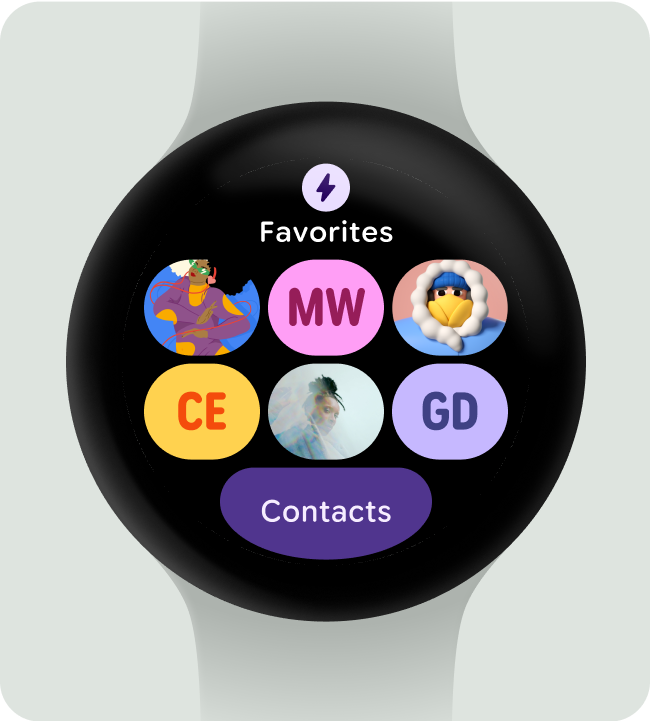
권장사항
너비를 줄이면 이름이나 긴 숫자와 같이 작은 크기에 더 많은 문자를 표시할 수 있습니다.
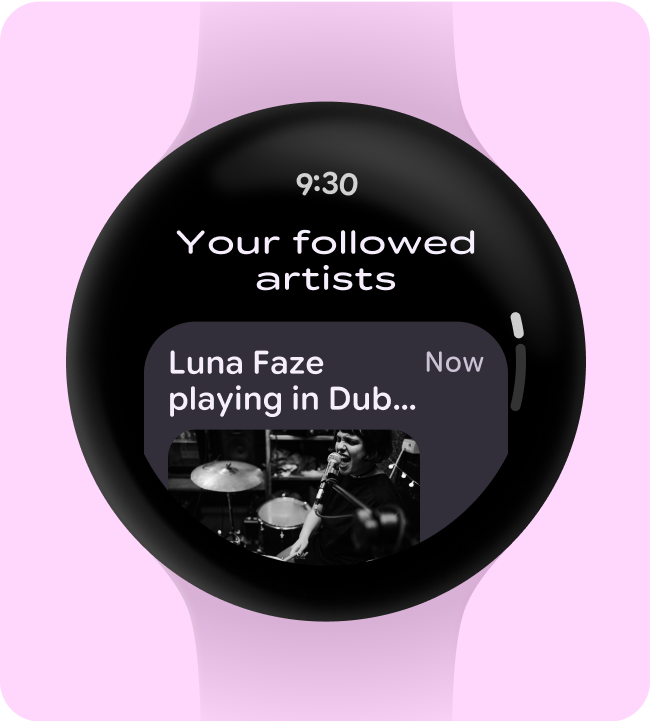
금지사항
더 넓은 스타일은 더 많은 공간을 차지하므로 앱 페이지 헤더와 같이 공간이 제한된 영역에는 사용하지 마세요.

